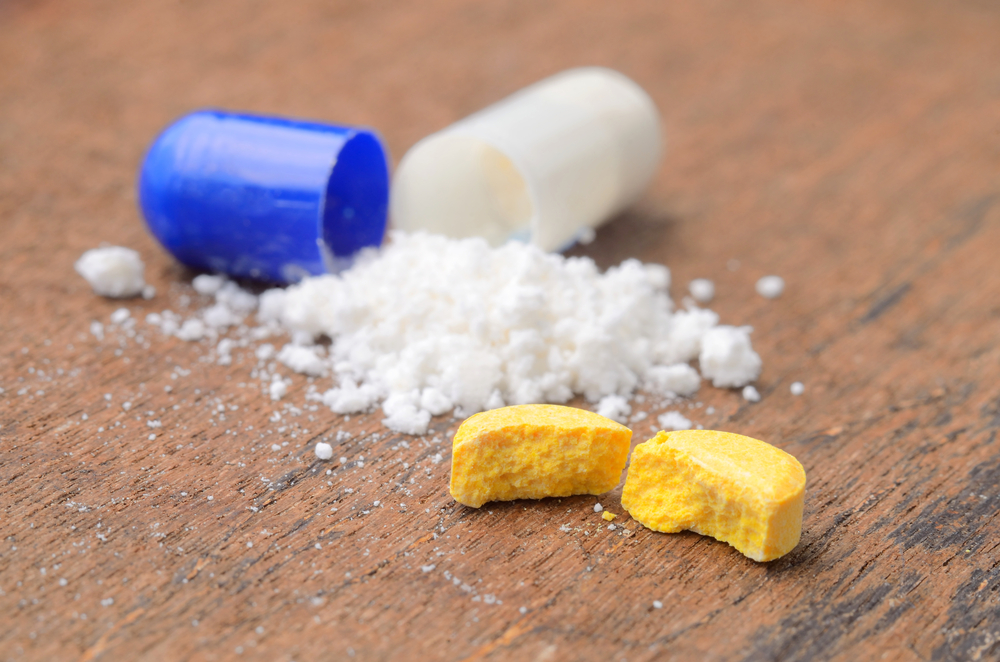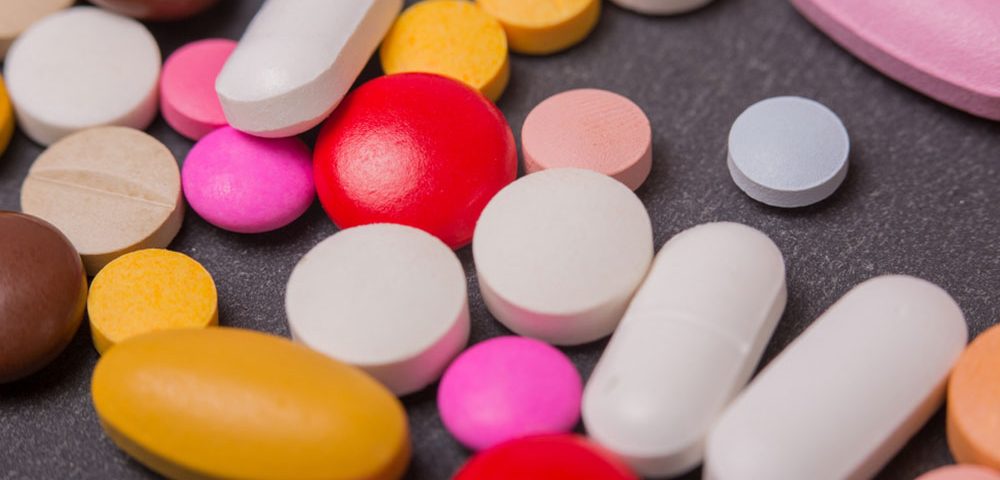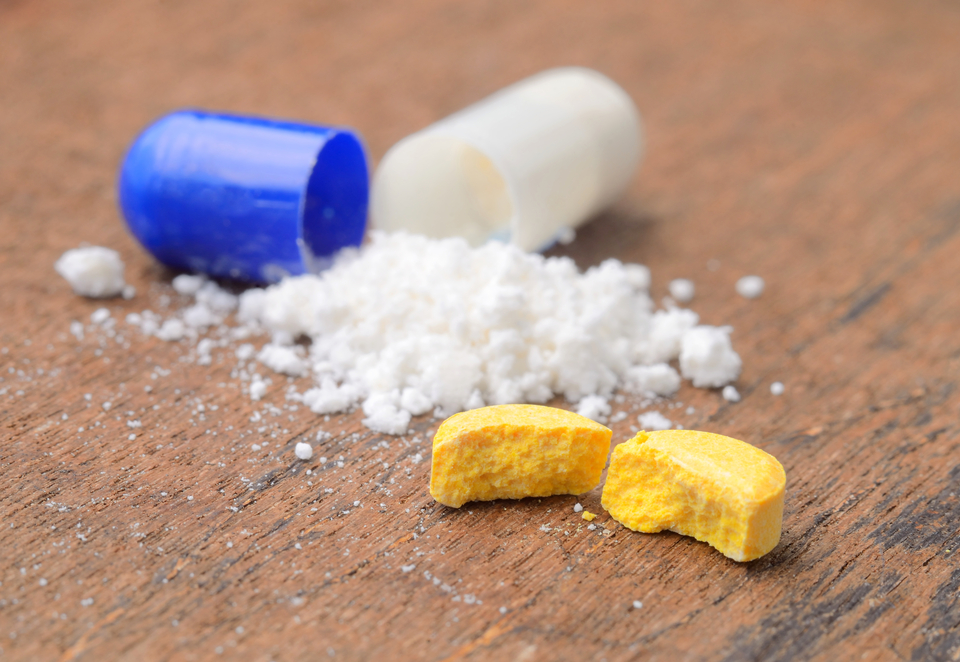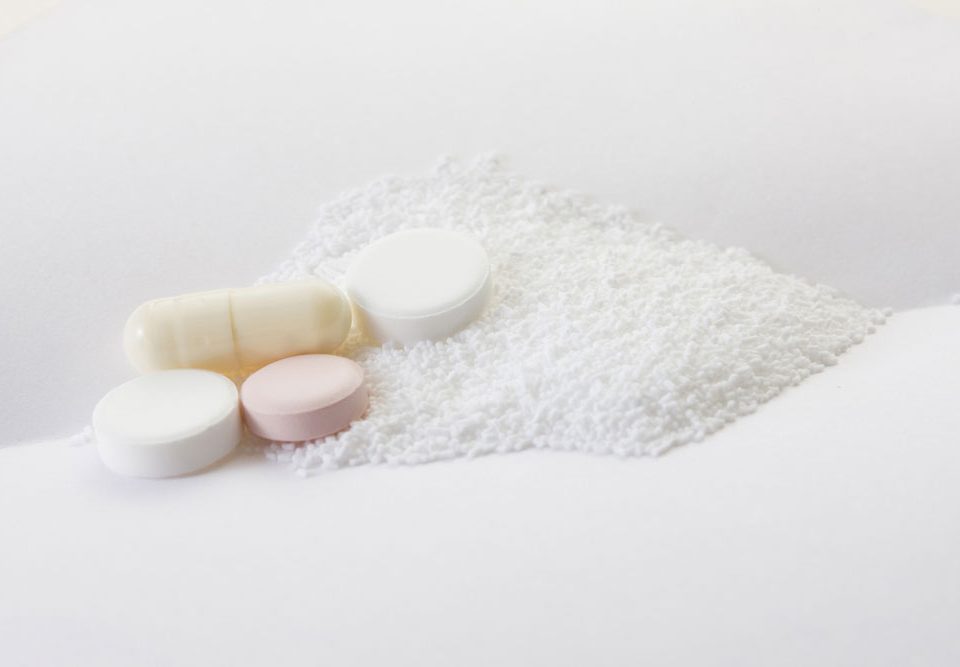
How Excipients Affect Drug Quality in Pharmaceutical Industry
August 2, 2018
NB Entrepreneurs are all set to meet you at CPhl Worldwide, 2018
September 19, 2018Physical properties of a material and its behaviour in surroundings get affected by its porosity. How a substance can be used largely depends on its adsorption, permeability strength and density. Porosity is a property that impacts a significant number of the CQA of final pharmaceutical items. Porosity can help foresee distortion properties amid compression, pharmacokinetic conduct inside the body, the time span of usability, and bioavailability. The more permeable an item, the more water or gastric liquid ought to have the capacity to invade the tablet and break down the tablet, enabling the API to be discharged. Disintegration rate is a key characteristic for prompt discharge drugs, so seeing how the porosity of each substance influences the end disintegration rate is exceptionally helpful for making a prompt discharge of dosage form.
There are a number of factors that can influence medicinal benefits of the drug delivery of solid dosage. The medicine has to be stabilized in the tablet and it also should get absorbed in the short time.
Manufacturers Need to Consider Several Factors While Formulating and Designing the Tablets.
- The manufacturer has to decide on the release time of the medicine
- Bioavailability of API’s
- The shelf life of the medicine and stability of the drug inside the API
Porosity and Dissolution Rate Are the Key CQA of Release Drug and Their Performance.
A Producer Has to Meet the Following Parameters While Designing Tablets:
- Deformation of the tablet during compression
- Shelf life of the tablet
- Moisture admission while dissolution
- The bioavailability of API
- Dissolution rate
- Pharmacokinetic behaviour
Characteristics to Establish the Optimal Dissolution Rate Are:
- Solubility
- Surface Area
- Particle Size
- Dissolution Testing
- Establishing Porosity
Importance of Porosity of an Excipient
Direct compression requires the efficient use of disintegrant combinations in the formulation to enhance the breaking up of tablets in contact with water. Disintegrants like starches (e.g., corn starch, potato starch) and cellulose-based like microcrystalline cellulose were used. Still, there was a need for shorter disintegrants, this led to the development of superdisintegrants such as modified cellulose like croscarmellose sodium. Croscarmellose sodium aids disintegration by rapid swelling and wicking upon contact with water.
- Excipients are often processed and changed so that the initial porosity of excipients should not correlate with final porosity and its dissolution rates.
- The porosity of an excipient is still important as the variations in porosity of excipients can have an impact on the final drug.
- Disintegration and dissolution processes get sped up when super disintegrants swell up, they make the tablet more porous.
- To set coating formulation parameters for adequate film coating coverage in coating operations Knowledge of the final tablet porosity is always helpful.
Disintegration and bioavailability properties are the parameters vital to provide data to allow the prediction of API and excipients behaviour in the drug. Porosity measurements can assess the extent to which liquids will penetrate tablets for dissolution assessment. To measure the porosity and surface area of substance mercury intrusion porosimetry is used. This method includes the measurement of pore size, volume, distribution and density.
Mercury Intrusion Porosimetry
This method identifies the relationship between the pressure and the size of the pores into which mercury will enter. One of the important property of mercury is that it neither wet most substances nor enter pores by narrow activity, it must be constrained into the pores by the use of outer weight. The procedure offers speed, exactness, and a wide estimation go. Basic parameters to be measured by this test are pressure, Intruded volume, Contact angle, and Surface tension. Mercury intrusion porosimetry offers a means of screening at no additional analytical effort. The properties of material showcased by this test are:
- Percent Porosity, Total Pore Volume and Pore Volume Distribution.
- Particle Size Distribution
- Pore Shape
- Permeability
- Compressibility and Structural Integrity
Mercury porosimetry is a safe and automated method for high precision intrusion studies on the powdered and solid material.
To Conclude
Tablets which are very porous structures and hence allow quick penetration resulting in faster disintegration. The solid dosage form containing the medicinal substance or active ingredient which disintegrates rapidly is advantageous to patients with dysphagia or swallowing difficulties such as paediatric, geriatric, stroke, Parkinson’s disease and many more.
Reference
- http://www.micromeritics.com/Product-Showcase/Pharmaceutical-Characterization.aspx
- http://www.micromeritics.com/Repository/Files/The_Effect_of_Porosity_on_Dissolution.pdf
- https://www.sciencedirect.com/science/article/pii/S1818087614000348
- http://homepages.see.leeds.ac.uk/~earpwjg/PG_EN/CD%20Contents/Formation%20Evaluation%20English/Chapter%205.PDF




